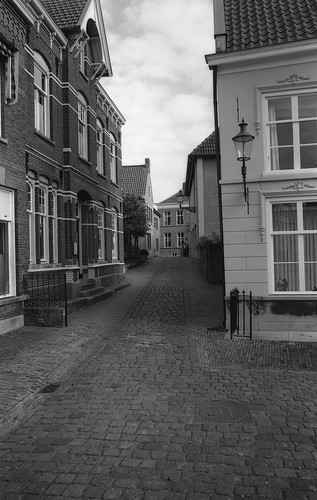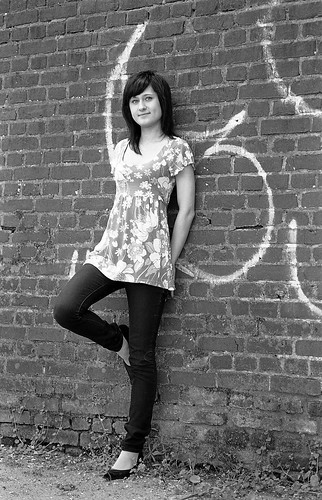AusDLK
Famous Photographer
I just developed my two trial rolls of Bluefire Police film.
Overall they are both very thin. Some frames so thin that I fear whether I can pull a satisfactory scans from them.
Both rolls were exposed at ISO 80 and developed using the low-contrast 16 minute development method in the developer provided.
Maybe the thin film is a result of the low-agitation/low-contrast development because I am confident that my metering was done correctly. But I have no point of reference about this.
Anyone else have experience with this film?
Overall they are both very thin. Some frames so thin that I fear whether I can pull a satisfactory scans from them.
Both rolls were exposed at ISO 80 and developed using the low-contrast 16 minute development method in the developer provided.
Maybe the thin film is a result of the low-agitation/low-contrast development because I am confident that my metering was done correctly. But I have no point of reference about this.
Anyone else have experience with this film?




